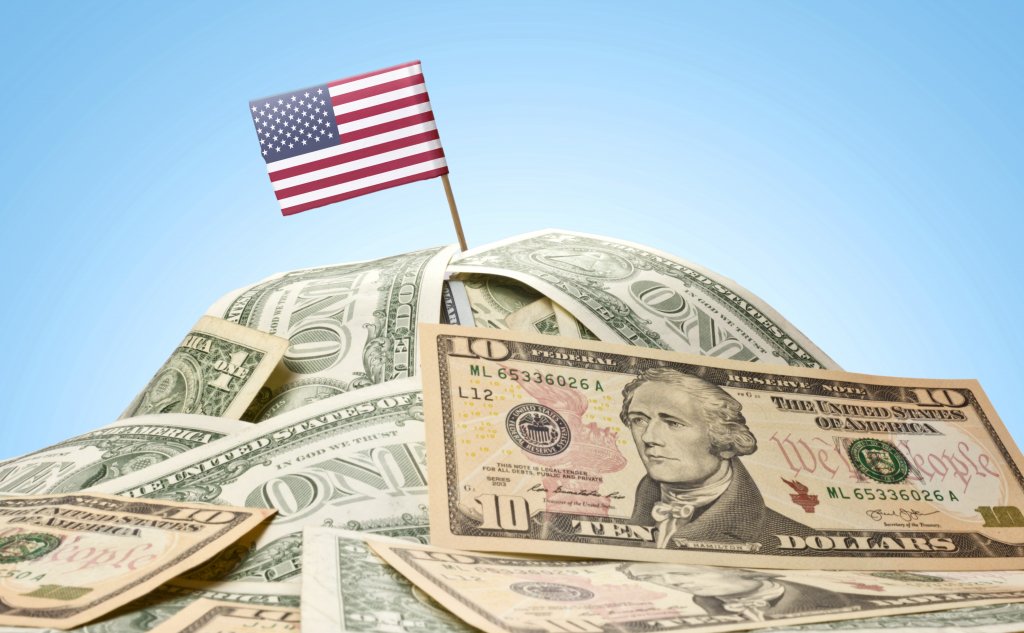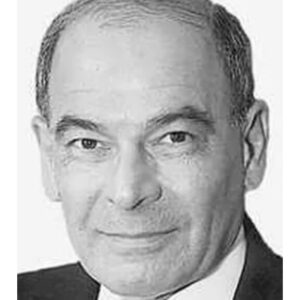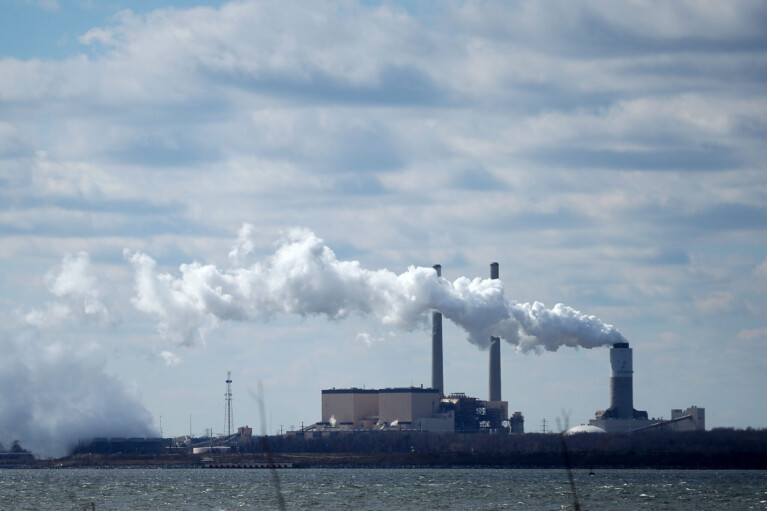Frank DeFilippo: Money Matters

Fundraising is a form of autobiography. How much money candidates can raise tells what they do and how well they do it. Fundraising also addresses the three building blocks of every successful campaign – money, media and organization. It’s possible to win with any two, as long as one of them is money.
That money is necessary to fund a variety of functions – hire consultants and staff, build a voter delivery system and to get the candidate’s message out to the voters. Accumulating that money is often approached by frontrunners with a vacuum – Hoover all the available money until major donors contribute the maximum legal amount and there’s none left for rivals.
None of the seven major Democrats has been able to accomplish this timeless strategy. In fact, much of the serious money in recent campaign reports is on loan from the candidates themselves rather than advances from the usual suspects who help fertilize Democratic campaigns.
The rules of politics are the rules of the marketplace. The arc of a campaign is a long and costly adventure, often with predictable conclusions but rarely without hope. For most, it is a serious undertaking with honorable intentions. As for the rest, best they run and get it out of their systems.
What is on display this primary season is not only uncertainty about the outcome of the Democratic race and an unease about the main event in November. But the lack of enthusiasm and commitment also illuminate the power of the incumbency, no matter which party.
The power of the governorship is awesome and the levers of power and authority at the governor’s disposal are generous and abundant. In most campaigns, for example, walk-around money is the coin of the realm. In a concealed denomination, Gov. Larry Hogan (R) is dispensing EZPass transponders free of charge to any driver who wants one, a variation on the old theme – walk-around transponders.
This will save the average toll facility user the $7.50 purchase price in addition to a reduction in tolls. Though the gesture may appear trivial, it demonstrates efficient use, at no campaign expense, of the goodies of incumbency. And they are many – jobs, patronage appointments, favors, roads, the media megaphone, appearances, a $44 billion budget chock-full of pixie dust to please nearly every interest in the broad constituency.
No event offers an opportunity for executive action more than a natural disaster. Hogan took full advantage of his office and the devastating flash flooding in Ellicott City to demonstrate the powers of the incumbency. He issued a declaration of emergency, then rushed to the water-logged antique city to be briefed, involved and be seen as a governor who cares about his constituents.
The governor has a luxe mansion in which to invite and entertain contributors and supporters, a fleet of vehicles and State Police drivers to deliver him wherever necessary, State Police helicopters when he’s really in a hurry and a regal State House office to provide convincing surroundings during meetings and negotiations.
So it’s no revelation to discover that Hogan is far ahead of the pack in fundraising, with more than $9 million in his campaign account and no primary opponent to drain funds that he can reserve for the general election. And he’s only just begun.
Money follows winners. Being a popular incumbent, whose poll numbers have never slipped below the 60s, Hogan can probably double that $9 million figure for the general election, if necessary. It is worth noting that recent Maryland campaigns for governor have cost as much as $20 million.
The reverse of the medal is also true. Rushern Baker, executive of Prince George’s County, is the choice of the Democratic establishment. Yet he lags in fundraising because he has not proven to be a combustible candidate nor has he established an impressive ground game outside of his home county. His poll standings are, uncomfortably, within easy striking range for competitors.
Hogan’s sizable stash of money also signals prospective Democratic donors to withhold or greatly reduce their contributions until a clear winner emerges from the seven-way primary contest. And there are, of course, those who cover their bets by contributing to candidates in both parties.
The Democratic Party has presented a selection of documented achievers but no big-foot candidate in the line-up. There are among them a distinguished lawyer (James Shea), a county executive (Baker), a state senator (Richard Madaleno), a Rhodes scholar (Ben Jealous), a tech entrepreneur (Alec Ross), a former policy aide to Michelle Obama (Krishanti Vignarajah) and a former Montgomery County Council member (Valarie Ervin). Two minor tag-alongs are James Jones, a pastor, and Ralph Jaffee, a teacher.
The ultimate decision on Ervin’s status and the placement of her name on the ballot could skew the results of the Democratic primary. Ervin insists that her name be inserted in place of her recently deceased top-of-the-ticket running mate, Kevin Kamenetz, as the candidate for governor. But the State Board of Elections is resisting, arguing mainly that it’s too late to make the adjustment. And with a predictable twitch, Ervin’s threatening to sue to ascend topside on her ticket’s ballot.
There are those rivals who want her name to appear in place of Kamenetz’s and those who don’t, for obvious reasons. If given proper visibility, Ervin could draw votes away from other black candidates as well as attract voters because of her gender (Stacy Adams’ nomination for governor of Georgia might give fresh impetus to Ervin’s candidacy).
Democrats have no choice but to accept the outcome of the contested primary and are relying mainly on a heavy turnout in November, the so-named “blue wave” of anti-Trump sentiment to reclaim the governorship from Hogan. Democrats are encouraged by a string of victories in unlikely areas and Republican-leaning states, i.e., Virginia, Pennsylvania, Alabama, Georgia. (President Trump lost Maryland by 26 points in 2016.)
Those Democratic victories were assisted by heavy turnouts of black voters. In Maryland, with a 33 percent black population – the largest outside the Deep South – three black Democrats on the ballot for governor will dilute the force of the black vote. And if no black is nominated, the size of the black vote in November could be greatly diminished and the “blue wave” in Maryland little more than a splash.
It’s still an open question in Maryland as to whether the size and influence of the black vote in a gubernatorial election extends beyond the I-95 corridor. That quantum has been tested only once, in 2014, and fell short.
But what’s missing in the Maryland Democrats’ formulation is a candidate who can electrify the voters. And last week’s debate was more of a disservice to the candidates than a public service by television stations. Perhaps it’s time to abandon debates as they do little to change peoples’ minds and serve only to reinforce what individual voters already believe – unless there’s a major blunder. The debates really aren’t debates. They’re awkward job interviews.




 Creative Commons Attribution
Creative Commons Attribution